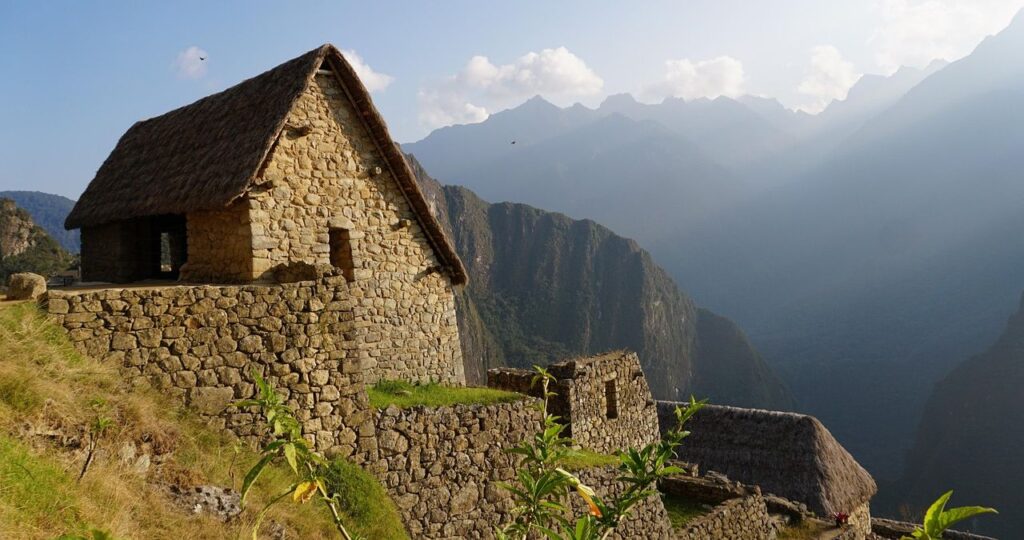Art is the soul of human civilization. From the cave walls of prehistoric tribes to the grand temples of empires long gone, art has always been a reflection of our culture, beliefs, and aspirations. Today, as modern design and digital media dominate creative spaces, there’s a rising curiosity about the roots of our artistic heritage — the ancient artz that laid the foundation for everything we know and admire today.
“Ancient Artz” is not just a look into the past — it’s a journey through time, geography, and imagination. Whether you’re a student of history, an art enthusiast, or someone seeking creative inspiration, understanding ancient artz offers a profound glimpse into the evolution of human expression.
Let’s dive deep into the rich world of Ancient Artz and uncover why it continues to captivate, influence, and inspire the world today.
What Are Ancient Artz?
Ancient Artz refers to the creative expressions, artifacts, and visual traditions developed by early human civilizations. These include:
-
Rock and cave paintings
-
Sculptures and carvings
-
Ceramics and pottery
-
Textiles and weaving
-
Architectural designs and mosaics
-
Religious and symbolic art
Each piece of ancient art tells a story — not just of the artist, but of a culture, a belief system, and an era long past.
The Origins: Prehistoric and Tribal Expressions
The earliest forms of art date back over 40,000 years, found on cave walls in France, Spain, and Indonesia. These prehistoric artworks include hand stencils, animals, and abstract symbols — believed to be part of early spiritual or hunting rituals.
Notable examples include:
-
Lascaux Cave Paintings (France)
-
Chauvet Cave (France)
-
Altamira Cave (Spain)
-
Sulawesi Handprints (Indonesia)
These works reveal early humans’ desire to communicate, ritualize, and express, forming the foundational DNA of visual storytelling.
Mesopotamian Marvels: Cradle of Civilization
Mesopotamia, often referred to as the cradle of civilization, gave birth to incredibly advanced forms of ancient artz:
-
Cylinder seals with intricate carvings
-
Temple reliefs of deities and kings
-
Ziggurat designs and monumental architecture
Civilizations like the Sumerians, Akkadians, Assyrians, and Babylonians used art to document myths, assert power, and decorate sacred spaces. Many of these traditions influenced later Middle Eastern and Mediterranean cultures.
Egyptian Art: Symbolism and Immortality
Perhaps no ancient art form is more instantly recognizable than that of Ancient Egypt. Characterized by order, symmetry, and symbolism, Egyptian art was deeply spiritual.
Key elements include:
-
Hieroglyphic murals
-
Sarcophagi with painted portraits
-
Sculptures of gods and pharaohs
-
Pyramid architecture and tomb decoration
Egyptian art was not meant to be seen by the living, but to accompany the dead into the afterlife. Its purpose, beauty, and mystery continue to fascinate scholars and artists alike.
The Classical Worlds: Greece and Rome
Ancient Greece introduced a revolutionary focus on realism, anatomy, and balance. Greek pottery, statues, and temples celebrated both human form and divine power.
Highlights of Greek art:
-
Red-figure and black-figure pottery
-
The Parthenon and classical architecture
-
Statues like Venus de Milo and Discobolus
The Romans inherited and adapted Greek styles but made them grander. Roman art focused on:
-
Portrait busts
-
Mosaics and frescoes
-
Triumphal arches and forums
Classical art influenced Renaissance and modern Western art, serving as the blueprint for sculpture, proportion, and urban design.
Asian Wonders: Spiritual and Symbolic Expression
Asia boasts a vast and diverse tapestry of ancient artz, spanning millennia and reflecting profound spiritual philosophies.
India:
-
Hindu and Buddhist temple carvings
-
Ajanta and Ellora cave paintings
-
Intricate bronze statues of Shiva and Vishnu
China:
-
Terracotta Army of Xi’an
-
Ink wash paintings and calligraphy
-
Jade carvings and porcelain
Japan:
-
Jomon pottery (some of the oldest in the world)
-
Buddhist sculptures and Zen gardens
-
Ukiyo-e woodblock prints (though later, rooted in tradition)
These art forms are not only visually rich, but also deeply tied to spiritual practices, philosophical ideals, and historical dynasties.
Indigenous Artz: Echoes from Native Cultures
From the Americas to Oceania, indigenous communities have preserved artistic traditions deeply rooted in nature, storytelling, and spirituality.
Native American:
-
Totem poles, sand paintings, beadwork, and cave drawings
Mesoamerican:
-
Mayan glyphs, Aztec masks, Olmec heads
Aboriginal (Australia):
-
Dot paintings and Dreamtime rock art
Polynesian and Pacific Islands:
-
Tattooing (tatau), wood carving, bark cloth (tapa)
These traditions reflect a sacred connection to the land, ancestors, and mythologies, and continue to influence modern art movements today.
Why Ancient Artz Still Matter Today
🧠 Historical Insight
Ancient art is a visual record of human history, offering clues into how people lived, what they believed, and what they valued.
🎨 Creative Inspiration
Designers, artists, and architects continue to draw on ancient motifs, patterns, and symbols for modern projects.
🌍 Cultural Connection
Studying ancient art fosters cross-cultural understanding and appreciation — crucial in today’s interconnected world.
💫 Spiritual Resonance
Ancient art often carries deep philosophical and spiritual significance, reminding us of our timeless quest for meaning.
How to Explore Ancient Artz Today
1. Visit Museums and Exhibitions
Top museums like The Louvre, The British Museum, The Met, and The Getty house vast collections of ancient art from around the globe.
2. Take Virtual Tours
Many institutions now offer online galleries and 3D scans of ancient artifacts.
3. Read and Research
Books, documentaries, and academic resources provide in-depth insights into art history.
4. Travel to Ancient Sites
From Machu Picchu to Angkor Wat, visiting ancient sites can be a life-changing experience.
5. Support Cultural Preservation
Donate to or volunteer with organizations working to protect endangered art forms and archaeological sites.
Ancient Artz in the Digital Age
Thanks to technology, ancient artz is being reimagined and shared like never before:
-
AI tools reconstructing ancient ruins and murals
-
NFTs inspired by ancient aesthetics
-
Augmented reality apps letting users explore ancient art in 3D
Modern artists, educators, and platforms are blending tradition with innovation — ensuring ancient artz remains relevant in contemporary culture.
Final Thoughts: A Legacy That Lives On
The world of Ancient Artz is a testament to the enduring power of creativity. Across continents and centuries, human beings have used art to make sense of the unknown, celebrate life, and seek the divine. By exploring these wonders, we don’t just learn about the past — we discover timeless truths about ourselves.






